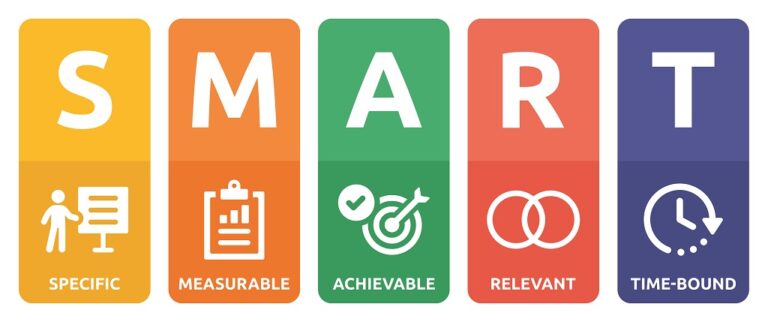
Glaucoma is known as a leading cause of blindness. It often progresses without noticeable symptoms, making early detection challenging. Regular eye exams play an integral role in identifying glaucoma in its early stages. By catching it promptly, vision loss caused by the condition can often be prevented through timely treatment and interventions.
Understanding Glaucoma and Its Symptoms
Glaucoma refers to a group of eye conditions that damage the optic nerve, often due to increased eye pressure. This damage can gradually lead to vision loss if left untreated. There are several types of this eye disease, each with distinct characteristics and causes.
Types of Glaucoma
The most common type is primary open-angle glaucoma, which develops gradually and often without early warning signs. This occurs when the eye’s drainage canals become clogged over time, leading to increased pressure and damage to the optic nerve.
Another significant type is angle-closure glaucoma, also known as closed-angle or narrow-angle glaucoma. This form is less common but can progress quickly and requires immediate medical attention. It happens when the iris is too close to the eye’s drainage angle, blocking fluid from exiting and causing a sudden rise in eye pressure.
Normal-tension glaucoma is a condition where optic nerve damage occurs despite normal eye pressure levels, highlighting the importance of regular examinations even in the absence of elevated pressure. Secondary glaucoma can result from other eye conditions, injuries, or medications, and congenital glaucoma affects infants due to developmental issues with the drainage system in the eyes.
Understanding these types of glaucoma can aid in early detection and treatment. Many individuals may only notice changes in their vision when the condition has advanced. Because symptoms may not always be present in the early stages, the condition is often referred to as the “silent thief of sight.” This is why routine eye exams are key to maintaining eye health and preventing potential damage.
Making a Diagnosis
Making a diagnosis involves comprehensive testing that goes beyond standard vision checks. Eye care professionals use a combination of these diagnostic tools and tests:
- Tonometry measures intraocular pressure within the eye. Elevated pressure is often an indicator of risk.
- Gonioscopy examines the drainage angle of the eye, helping to determine the type of glaucoma present.
- Ophthalmoscopy allows the optic nerve to be examined for signs of potential damage. A dilated pupil provides a better view of the optic nerve.
- Visual Field Test helps assess a patient’s vision. Blank spots in the field of vision can often indicate the progression of the disease.
- Pachymetry measures corneal thickness. Thin corneas may affect intraocular pressure measurements.
- Optical Coherence Tomography (OCT) provides detailed imaging of the optic nerve and retina, detecting changes that may suggest glaucoma.
Each of these tools offers valuable insights, allowing ophthalmologists to detect glaucoma at an earlier stage, even before noticeable symptoms surface.
Determining Risk
Understanding the risk factors for glaucoma is key to preventing and managing the disease. Certain individuals are at a higher risk of developing it due to specific factors. Age is a significant determinant, as this condition becomes more prevalent in individuals over the age of 60. Additionally, a family history of glaucoma increases susceptibility, emphasizing the importance of regular screenings for close relatives of those affected by the disease.
People of African, Asian, or Hispanic descent are also statistically more likely to develop certain types of glaucoma. Other contributing factors include having conditions like diabetes or hypertension, as well as a history of serious eye injuries. High myopia (nearsightedness) and prolonged use of corticosteroid medications further elevate the risk. Identifying these risk factors early allows healthcare professionals and patients to adopt proactive measures, including regular monitoring and lifestyle modifications, to slow or even prevent the onset of the disease.
Examining Eyes Regularly To Protect Vision
Regular eye exams, including dilated eye checks, significantly increase the likelihood of spotting this eye disease early. These exams not only emphasize prevention but also support long-term vision health. By closely monitoring optic nerve health and eye pressure over time, doctors can detect subtle changes and recommend appropriate actions.
Glaucoma is a serious condition, but it doesn’t have to lead to vision loss if addressed early. By staying informed, getting regular eye exams, and taking preventative measures, you can protect your eyesight and maintain your quality of life. Early detection is key, and proactive care is your best defense against this silent thief of vision. Make your eye health a priority today—your future self will thank you.






